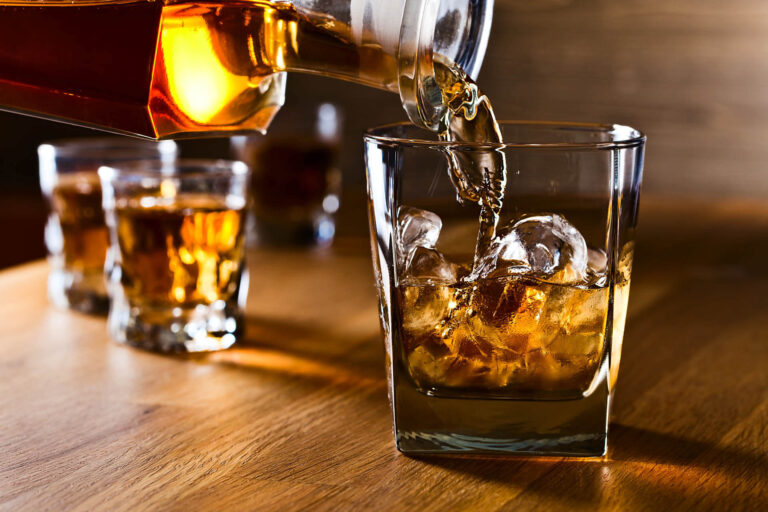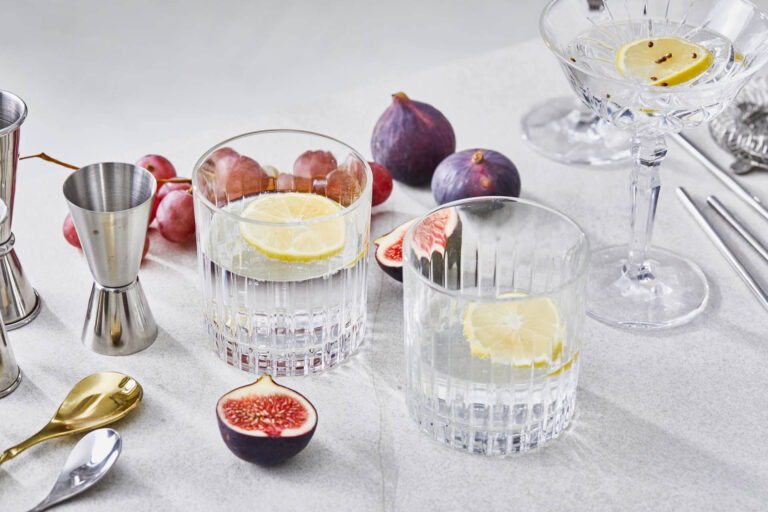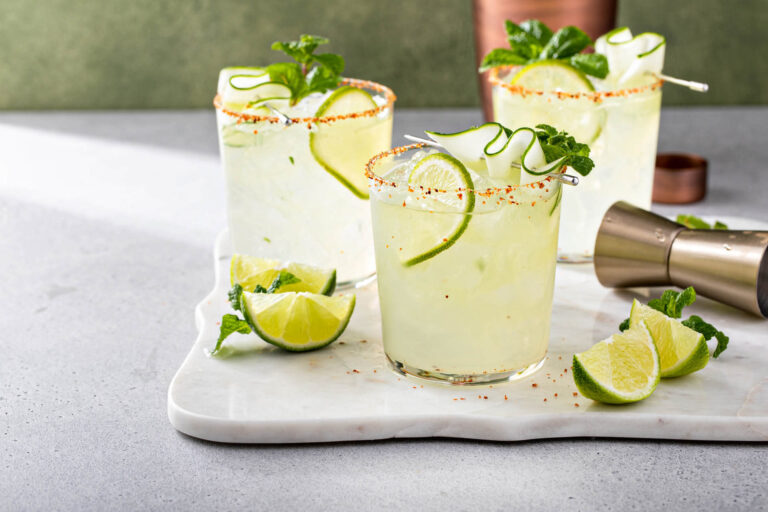17/10/2024
Status spirits adds $1bn to global economy
IWSR data shows that status spirits continue to outperform the broader spirits market, buoyed by the recovery of duty free
Status spirits outperformed the wider beverage alcohol category in 2023, recording value growth of 9%, according to new data from IWSR, the global authority for beverage alcohol data and intelligence. Comprising products with an average RSP of $100+, status spirits’ share of overall global spirits value continued to climb steadily, to account for 4.8% of the total market, as reported in IWSR’s newly published Status Spirits Report 2024.
Higher per-bottle prices, however, did not grant status spirits immunity from the challenges of the wider macroeconomic environment. Persistent inflation, high interest rates and rising living costs combined to dampen consumer confidence, leading in turn to significant differences between markets and across price bands.
“Despite a challenging macroeconomic context, status spirits have remained remarkably resilient when compared to products in more mainstream price segments,” comments Guy Wolfe, Head of Status Spirits Insights at IWSR.
“While the above-average wealth of the status spirits buyer means the market is more insulated, recent challenges for status spirits have demonstrated the importance of discipline regarding stock and the value of a wide footprint. Innovation and a laser focus on the consumer will be key to maintaining growth.”
The spending power of the wealthiest buyers proved largely unaffected by economic headwinds, with sales of spirits retailing for $5,000+ per bottle recording robust value growth of +39%. The $350-499.99 price band also performed strongly. Growing +42%, this segment provided accessible prestige products for economically insulated consumers. By contrast, other price bands saw far lower growth rates or even, in the case of $2,500-4,999.99, a slight downturn.
Performances in individual markets proved equally mixed, largely reflecting each country’s economic sentiment. Status spirits saw single-digit falls in value in France and the UK, low single-digit growth in the US and a decline of 12% in China as consumer confidence weakened.
The post-pandemic resurgence of duty free offset the overall weak performance across domestic markets. Combined, individual markets provided growth of below 1%. Travel retail, boosted by the removal of Chinese travel restrictions, recorded value growth of +48%.
With this growth, duty free is once again the leading market by value for status spirits after a Covid-related slump in 2020. Growth in the US and recent declines in China mean the two markets are now almost equal in size.
In a complex macroeconomic landscape, the five-year forecast for status spirits is cautiously positive, with the US, UK, France and some APAC markets expected to see low single-digit growth in the medium-term.
There is more confidence around duty free, which will remain the key driver of growth, with a predicted value CAGR of 10% to 2028. The US will also continue to expand steadily, at a value CAGR of 4%, 2023-2028. Less established status markets will also gain importance, including Australia, Malaysia, Nigeria and Vietnam.
Other key findings from IWSR’s Status Spirits Report 2024 include:
Scotch capitalises on Cognac’s downturn
Scotch was the driving force of status spirits in 2023, growing +17%, with malt/grain and blended Scotch combining to generate the greatest absolute value for the category. This growth is expected to continue, with IWSR forecasting a positive CAGR for both malt/grain (+5%) and blended (+10%) to 2028.
During this period, Scotch will add a further $2bn of value to the market. Much of this growth will come from duty free, though the US and emerging markets such as Nigeria and Vietnam are also expected to make significant contributions.
Innovation is a key part of Scotch’s success, with malt (in particular) and blended Scotch combining to launch over 340 new status products in 2023 – significantly more than all other spirit categories combined.
Cognac/Armagnac, by contrast, released the fewest new status products of all spirits categories in 2023, and has been steadily losing market share. In 2023 it was pushed into second place by Scotch for the first time.
Cognac has been particularly impacted in China, where high inventory levels have combined with an economic downturn to contribute to a value decline of -12%. Problems are likely to be compounded this year and next by the recent imposition of anti-dumping tariffs by the Chinese Ministry of Commerce. Conversely there has been a recovery in duty free, though sales remain below 2019 levels.
Agave makes headway
Agave’s growth as a status category has continued apace. Its growth in 2023 added $220m to the category. The vast majority of these sales were in the lower end $100-199 price band, with few products selling over $500. Tequila was the dominant product, though mezcal also grew fast (+73%) from a low base.
Currently, most sales of status agave are in the US, where growth has been explosive, with a CAGR of +35% since 2019 – mostly at the expense of Cognac and Scotch. There are signs that the agave status boom is slowing – sales were up +4% in 2023, compared to +25% in 2022. But other countries look set to pick up some of the slack. Status agave sales recorded double- or triple-digit growth in every market except Russia in 2023.
American whiskey drives forecast growth for the US
The US is a very diverse status spirits market, with several categories holding a significant value share. The increasing prestige and collectability of high-end bourbon, rye and US single malt has seen demand rise sharply in recent years, with the total value of the American whiskey category in the US growing by a CAGR of +17% from 2019-23.
As tequila’s growth slows down, American whiskey is now forecast to generate the greatest value growth to 2028. Tequila, will however, remain a key contributor of incremental value.
Baijiu dominates in China
Baijiu dominates the Chinese status spirits market, responsible for around 95% of the total value of status spirit sales in the country.
The drink remains an integral part of Chinese culture – both in social and business settings. While it is typically popular among older consumers, some top-end baijiu brands are launching innovative new editions to target millennial consumers.
As the Chinese economy has slowed, demand for the baijiu category as a whole has declined. Status baijiu has so far managed to sustain momentum, but the rate of growth is expected to fall in the near term with some downwards price pressure being seen during 2024.
India boosts Scotch
India is a country with both strong economic and demographic growth. Legal drinking aged Gen Z are expected to form a larger proportion of the country’s population by 2028 (27%) than in China (18%) or the US (21%) (source: US Census Bureau IDB), and the rise of an affluent middle class could offer a significant opportunity for status spirits.
Scotch, in particular, is hugely popular, and though the category’s potential has thus far been hindered by high tariffs, the UK and India appear to be making progress on a long-awaited Free Trade Agreement (FTA).
Wealthy Indians typically buy high-end drinks abroad or in duty free. But an FTA could provide a big boost in the domestic market for status spirits’ most important category.
A sluggish secondary market
The secondary market is crucial for status spirits, and this remained sluggish throughout 2023, with a combination of over-stocking after Covid and consumer uncertainty leading to softer demand.
With lower returns, ‘flippers’ were less inclined to speculate, and collectors held onto their stock, while higher interest rates diluted the appeal for longer term investors.
Rare and ultra-aged spirits were the exception, with products from the likes of The Macallan and Kodawari fetching record sums.
The IWSR Status Spirits 2024 Strategic Study is now available to all subscribing clients. For further information or to gain access, please email enquiries@theiwsr.com. Current IWSR clients can contact their IWSR Account Manager.
The above analysis reflects IWSR data from the 2024 data release. For more in-depth data and current analysis, please get in touch.
CATEGORY: Spirits | MARKET: All | TREND: Premiumisation |
Interested?
If you’re interested in learning more about our products or solutions, feel free to contact us and a member of our team will get in touch with you.




